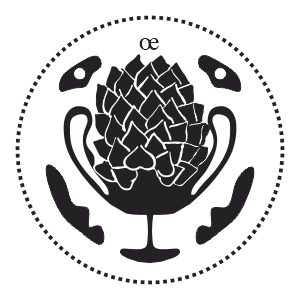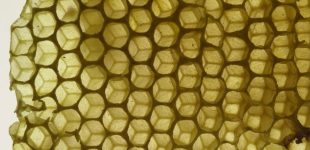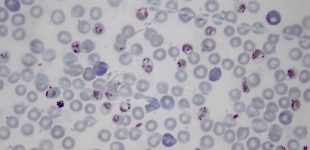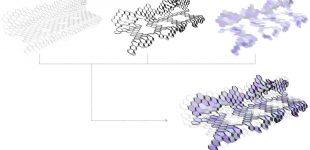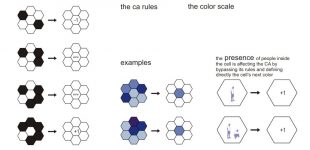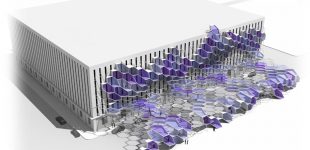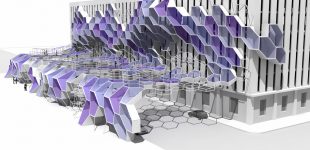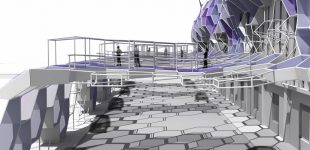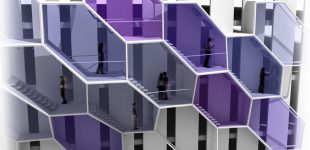Parasitism is one version of symbiosis, a phenomenon in which two organisms which are phylogenetically unrelated co-exist over a prolonged period of time, and where the one of the two profits of the symbiosis while the other does not. In the city, many spaces are created using existing buildings as their structural systems. Spaces made spontaneously, in left over areas “infect” the urban tissue in a condition similar to parasitism. These spaces are using the existing urban structure as the territory and an unusual sense of symbiosis appears: the city is enriched by these spaces although it does not control them, and the parasites take advantage of leftover spaces of the city to use as their territory of invasion. The project attempts to look at the intervention as a parasite to the rigid, static yet monumental axis of market str in downtown St. Louis. The space is an information-multimedia knot, on one of the most important axis in St. Louis. The users will have the opportunity to walk inside the mesh, experience different views of the city while screens and monitors allows them to experience different versions of modern art.
The structure proposed is that of a honeycomb: the hexagon tiles the plane with minimal perimeter per piece area. Thus a hexagonal structure uses the least material to create a lattice of cells with a given volume. The honeycomb introduces the idea of economy, apparent in nature as well as in the expansion of the city.
The cells of the honeycomb change colors every one minute; it is a transformable skin which at some points is adjacent to the garage facades and at other points it delaminates to create bridges, sheds and passages. Inside some of the cells there are small multimedia stations that people can visit. The way the color of each cell changes depend on the state of the cells next to it, as well as whether it is occupied by visitors or not. The way that each cell is affected by its adjacent cell is based on a cellular automaton algorithm: the color of each cell in every stage is defined by the colors of its neighbor cells. Every neighbor cell with color lower in the color scale is considered empty (0) while if higher in the color scale is considered full (1). The rules that the automaton is following are a variation of Conway’s game of life. The presence of people inside the cells is affecting the cellular automaton by bypassing its rules and defining directly the cells next color.
|
» info:
|
|
|
Design:
|
Dimitris Gourdoukis, Katerina Tryfonidou. |
|
Date:
|
2007. |
|
Awards:
|
— St. Louis Follies Competition: Second Prize. |
|
Publications:
|
— “Projects” in (new) Panel Layout for Competition Seoul: DAMDI Publishing Co., 2012. — “Object-e Portfolio” in Portfolio Seoul: DAMDI Publishing Co., 2010. |
